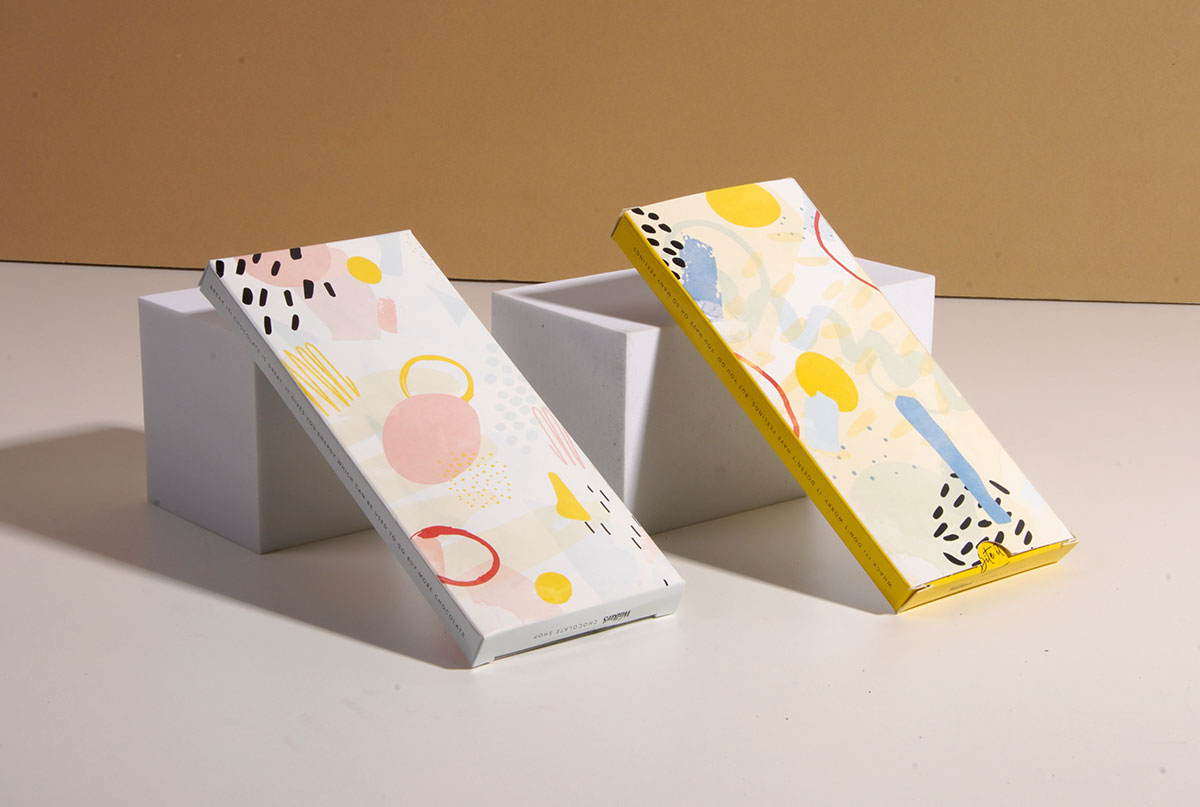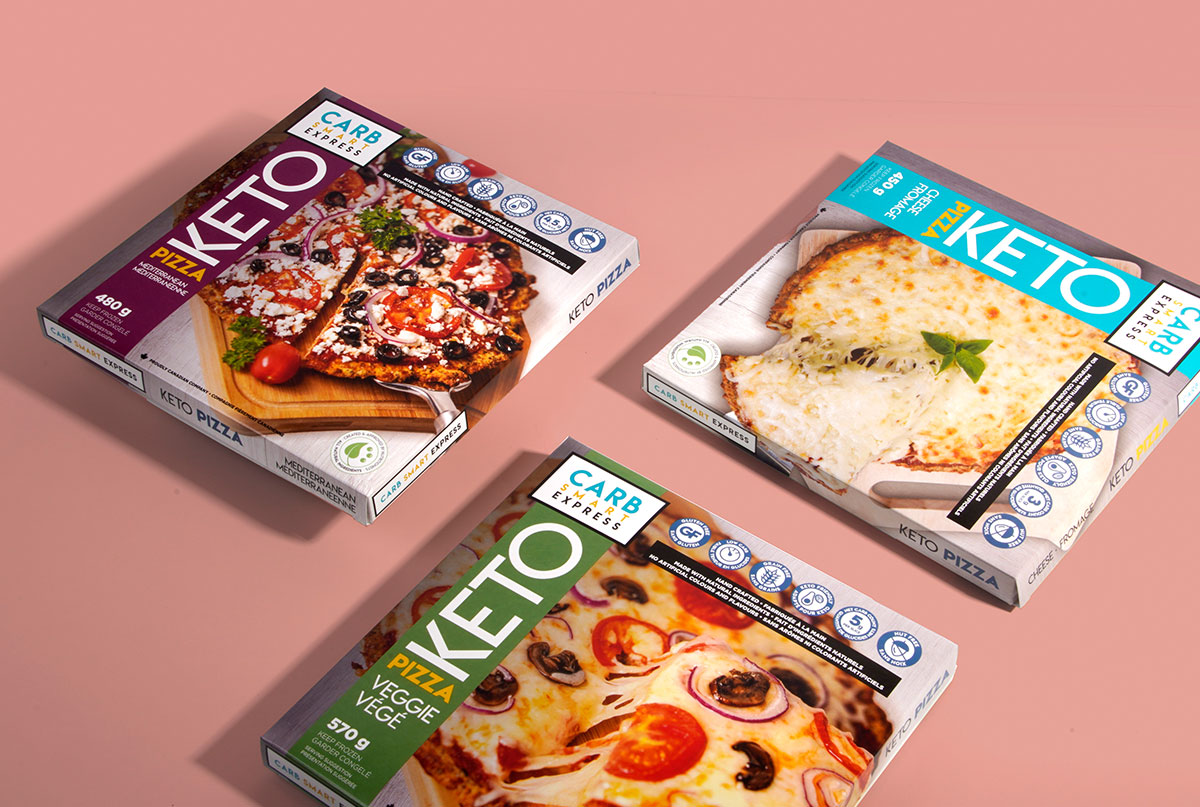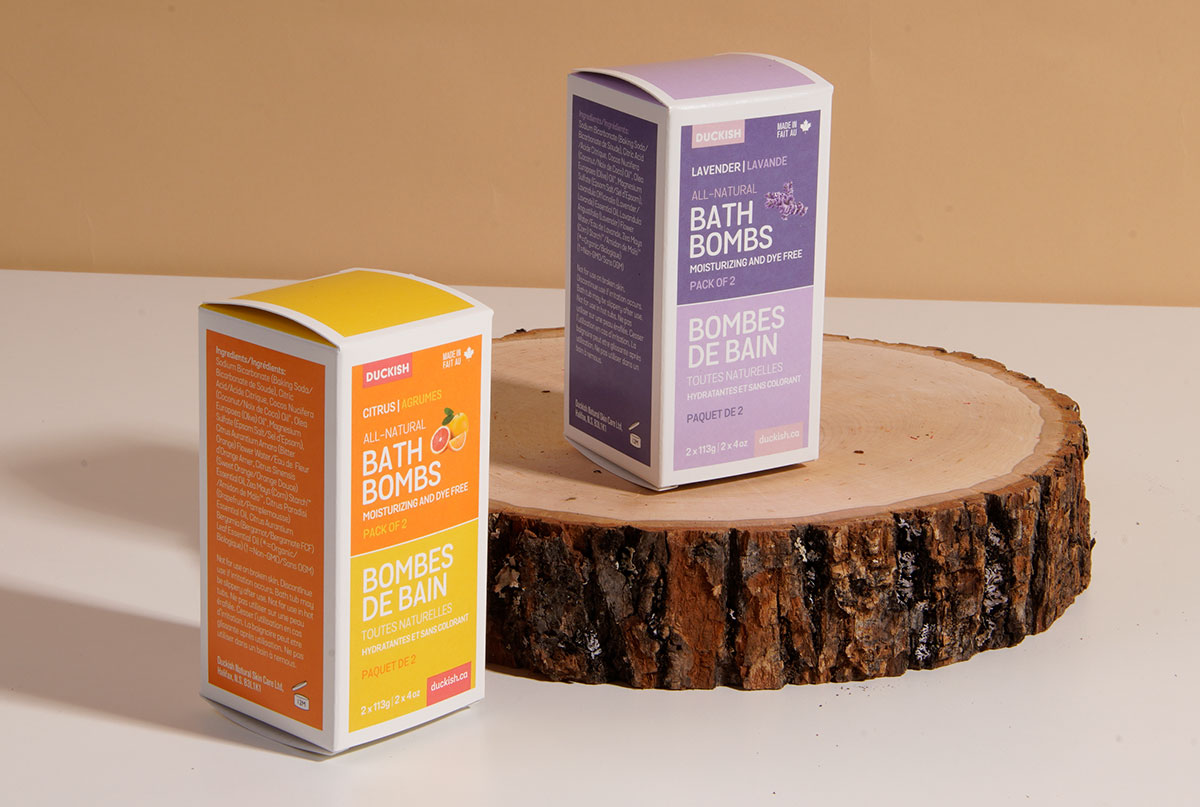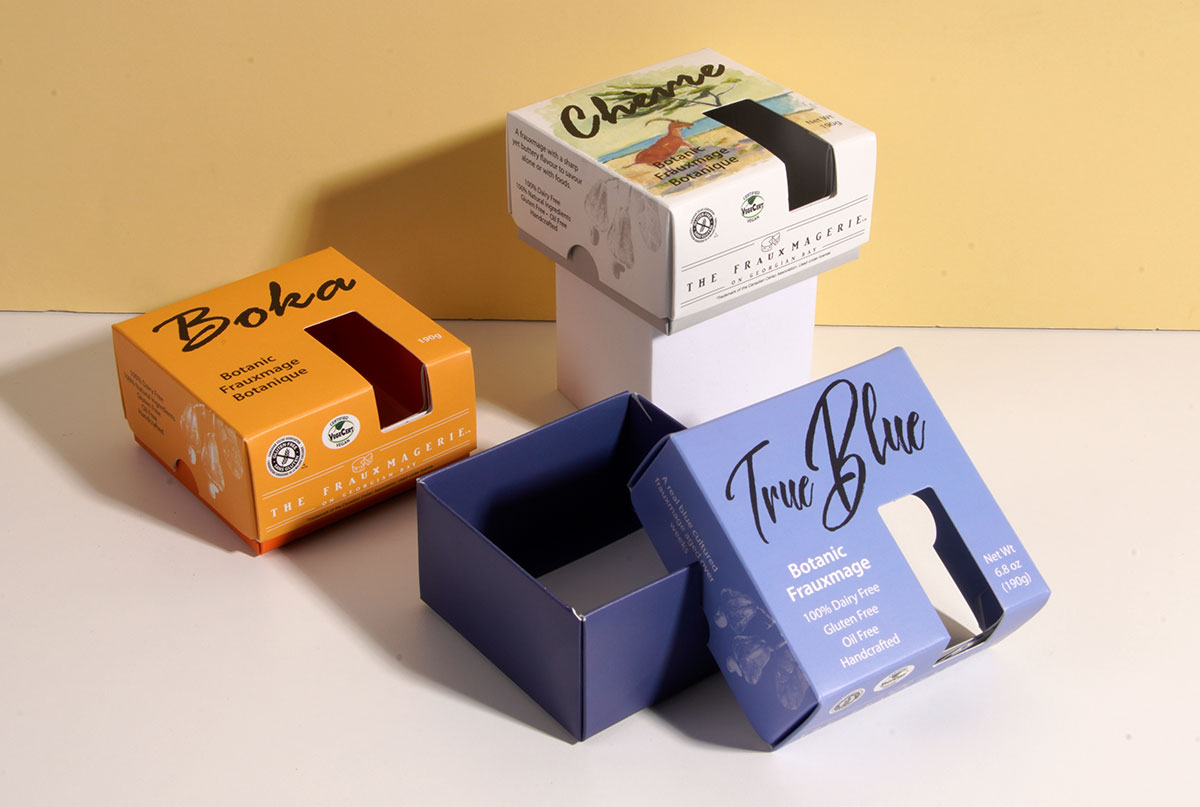You know that product packaging protects your product from damage in transit, but what about security? Depending on your industry and the style and features of your packaging, it can also play an important role in keeping your products and consumers safe. Proper packaging can prevent counterfeits and other risks.
The Risks of Counterfeiting
One of the biggest security issues that product packaging can mitigate is counterfeiting. Counterfeit products will steal money from your bottom line but can also hurt the consumers and your brand reputation.
After all, what happens if a customer receives a counterfeit product and doesn’t realize it, only for the product to be of low quality? They may believe that the low-quality product is yours and decide not to buy from you again. Even if they know it is a counterfeit, that fact alone may make them hesitant to purchase your product again. They may see the risk of counterfeits as too high.
Of course, there is also the possibility that a counterfeit product could be dangerous, especially in the case of medicines, food, and drinks.
Secure Products by Making Packaging Hard to Copy
One way to secure your products is by making your packaging harder for counterfeiters to copy. One example would be adding a special seal or a holographic element to the package.
Secure Products with Serialization
Another popular method to add security to your product is to use serialization. Attach a code to the packaging that identifies it as legitimate. This can be a physically printed code or serial number.
Using Tags and Sensors
But serialization doesn’t always need to include a written code printed on the packaging. It can also come in the form of tags and sensors that are scanned along the supply chain. Some modern brands even let consumers scan a QR code on their product and see the item’s journey along the supply chain to confirm its legitimacy.
Secure Products with Tamper-Evident or Tamper-Proof Packaging
The most common method to secure pharmaceutical products is tamper-proof or tamper-evident packaging, which can also work well in most other industries. For example, blister packs of pills make it very obvious if someone removes or tries to replace a pill. Or a “freshness” seal on a bottle will quickly confirm that nothing has been done to the product.
Benefits of Packaging That Secures Your Products
No matter the type of secure packaging you choose to use, you may notice the following benefits:
- Reduced replacement costs due to damaged or tampered-with products.
- Increased protection from unforeseen circumstances or disastrous events.
- Ease of quality control.
- Reduced counterfeiting.
- Improved customer confidence.
- An increase in positive reviews.
- Improved brand reputation.
Conclusion
One of the key roles of your product packaging is to protect your product. This includes keeping your product secure from environmental, accidental, or intentional damage. Adding security elements to your packaging can reduce the risk of counterfeiting or damage from those with bad intentions. It can also increase confidence in your brand and drive sales.




